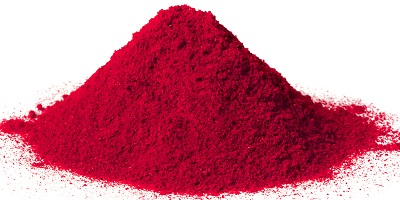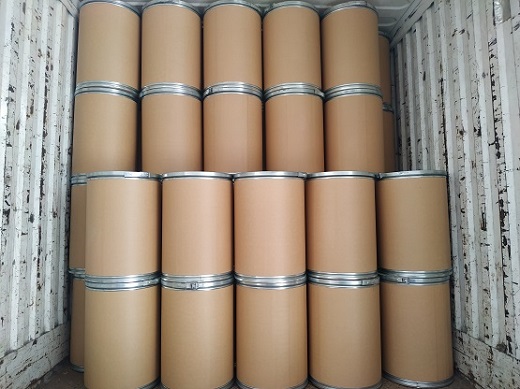Astaxanthin is The End Point Of Carotenoid Synthesis
Astaxanthin is a ketone or carotenoid, pink in color, fat soluble, insoluble in water, soluble in organic solvents. It is widely found in the biological world, especially in the feathers of aquatic animals such as shrimp, crab, fish and birds, and plays a role in color. Astaxanthin is A non-vitamin A source carotenoid that cannot be converted to vitamin A in animals. Astaxanthin is a fat-soluble and water-soluble pigment found in Marine organisms such as shrimp, crab, salmon and algae. The body cannot synthesize astaxanthin itself. It is the most powerful antioxidant found in nature. Its antioxidant activity is 550 times that of vitamin E and 10 times that of beta-carotene, making it known as the "King of Antioxidants"!

1. Artificial synthesis of astaxanthin is the end point of carotenoid synthesis. B1-carotene needs to be converted into astaxanthin by adding two hydroxyl groups and two ketone groups, so artificial chemical synthesis is difficult. Astaxanthin has three isoforms, 33.3's, 3R-3's, 3R, 3'R (also known as left-handed, meso-racemic, dextroponic). Among them, the synthetic astaxanthin is a mixture of the three structures and has very little antioxidant activity. 2. Biogenic natural astaxanthin mainly exists in algae, yeast, salmon, trout, shrimp, etc. Biogenic astaxanthin is safe to use, environmentally friendly, and has broad development prospects. At present, natural astaxanthin is mainly produced by microbial fermentation. The microorganisms that can produce astaxanthin include: the fungi Basidiomycetes of the genus Phyllococcus, two strains of bacteria that assimilate hydrocarbons, and green algae that grow in nitrogen deficient environments.

Astaxanthin is a chain-breaking antioxidant with strong antioxidant ability, which can remove NO2, sulfide, disulfide, etc., but also reduce lipid peroxidation, and effectively inhibit lipid peroxidation caused by free radicals. It is reported that this has the inhibiting tumor, enhance immunity, remove free radicals, such as the physiological function of many sided, skin caused by ultraviolet (uv) has good treatment effect, caused by diabetic eye disease prevention and cure function, in the health care products, pharmaceuticals, cosmetics, Food Additives and aquaculture has broad application prospects.

At present, astaxanthin is widely used as a functional pigment in aquaculture, food, cosmetics and other fields. It is mainly used as a feed additive for fish, shrimp and crab and other crustaceans as well as poultry to improve the reproductive capacity and survival rate of livestock and fish, improve health status, and optimize body color and meat quality. Natural astaxanthin has been used as a food additive for food coloring, preservation and nutrition enhancement. Studies have shown that astaxanthin helps keep trout fillets fresh. In recent years, with the deepening of studies on the biological function and pharmacological efficacy of astaxanthin, astaxanthin has attracted great attention from the scientific community because of its effects in the prevention and treatment of cardiovascular diseases, cancer, metabolic syndrome, diabetes, neurodegenerative diseases, eye diseases, skin diseases and other diseases. It shows that astaxanthin has great potential application value and broad development prospect in the fields of medicine and health care products.










